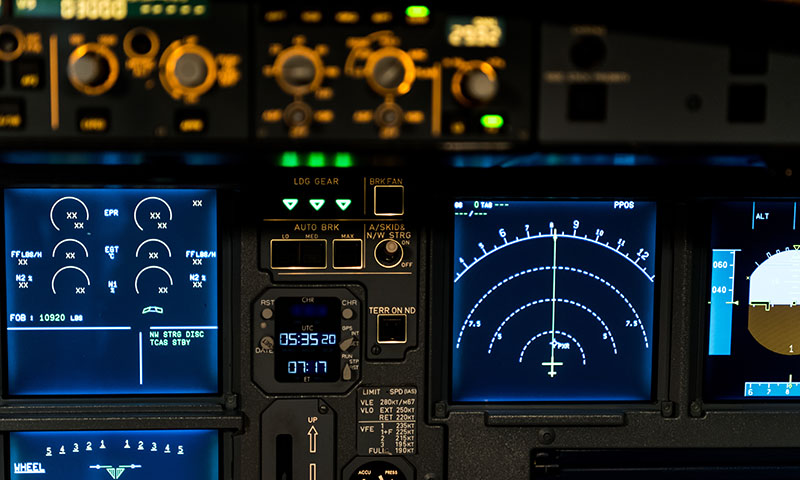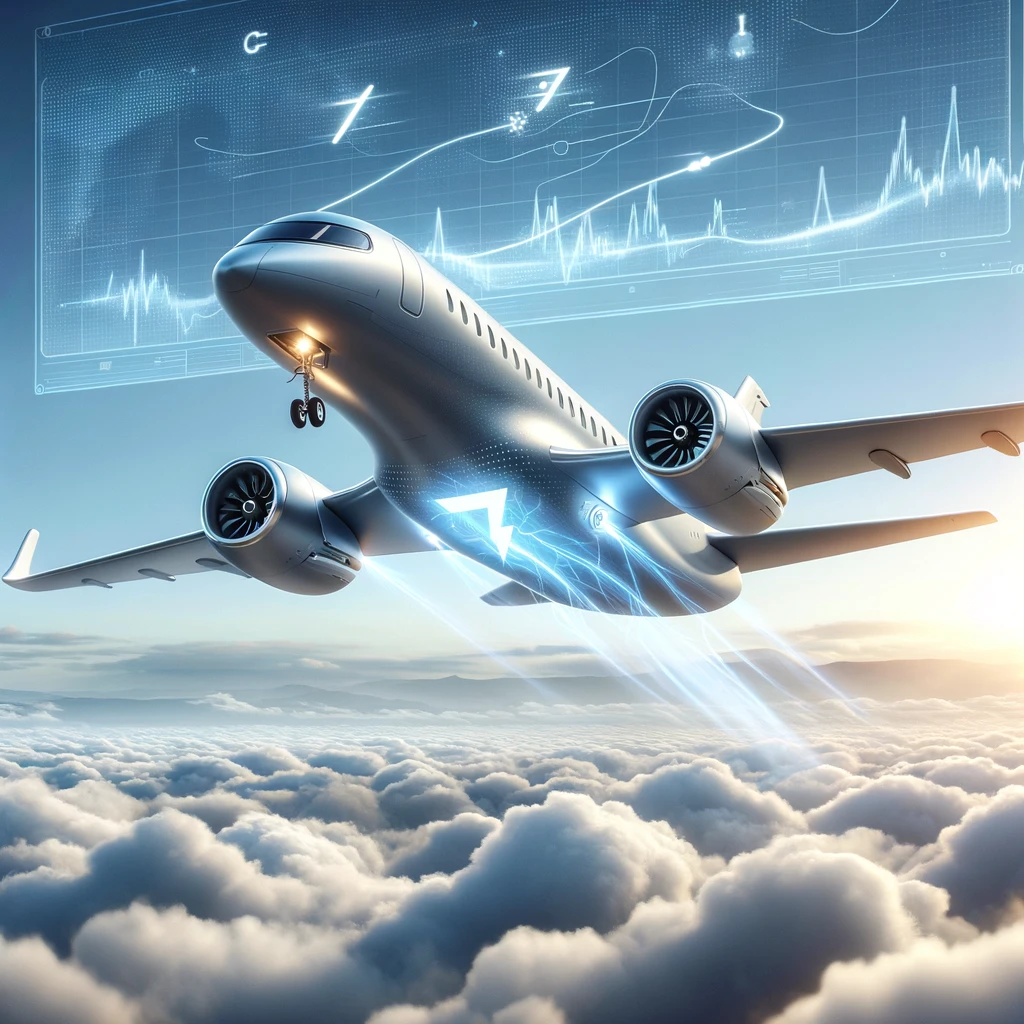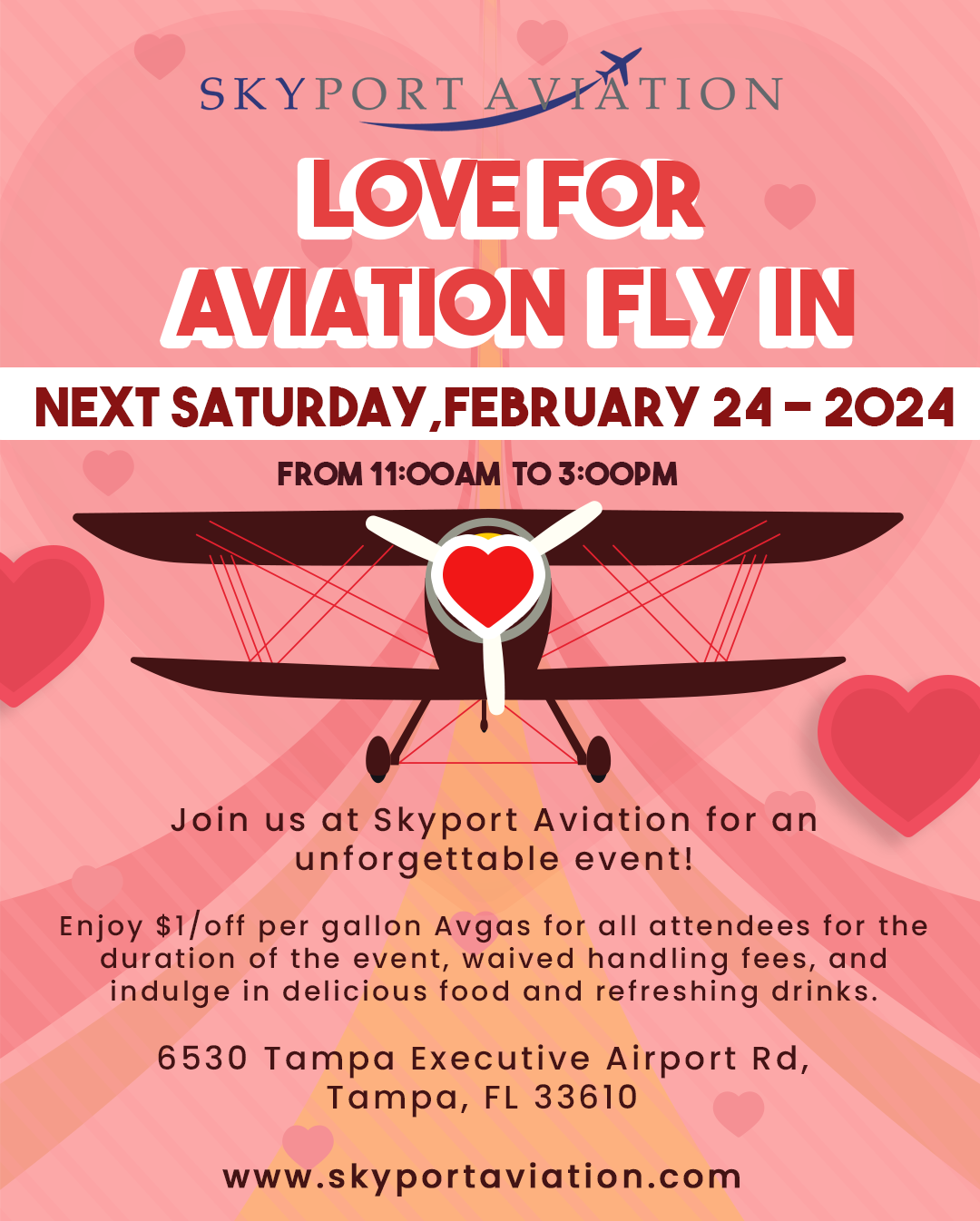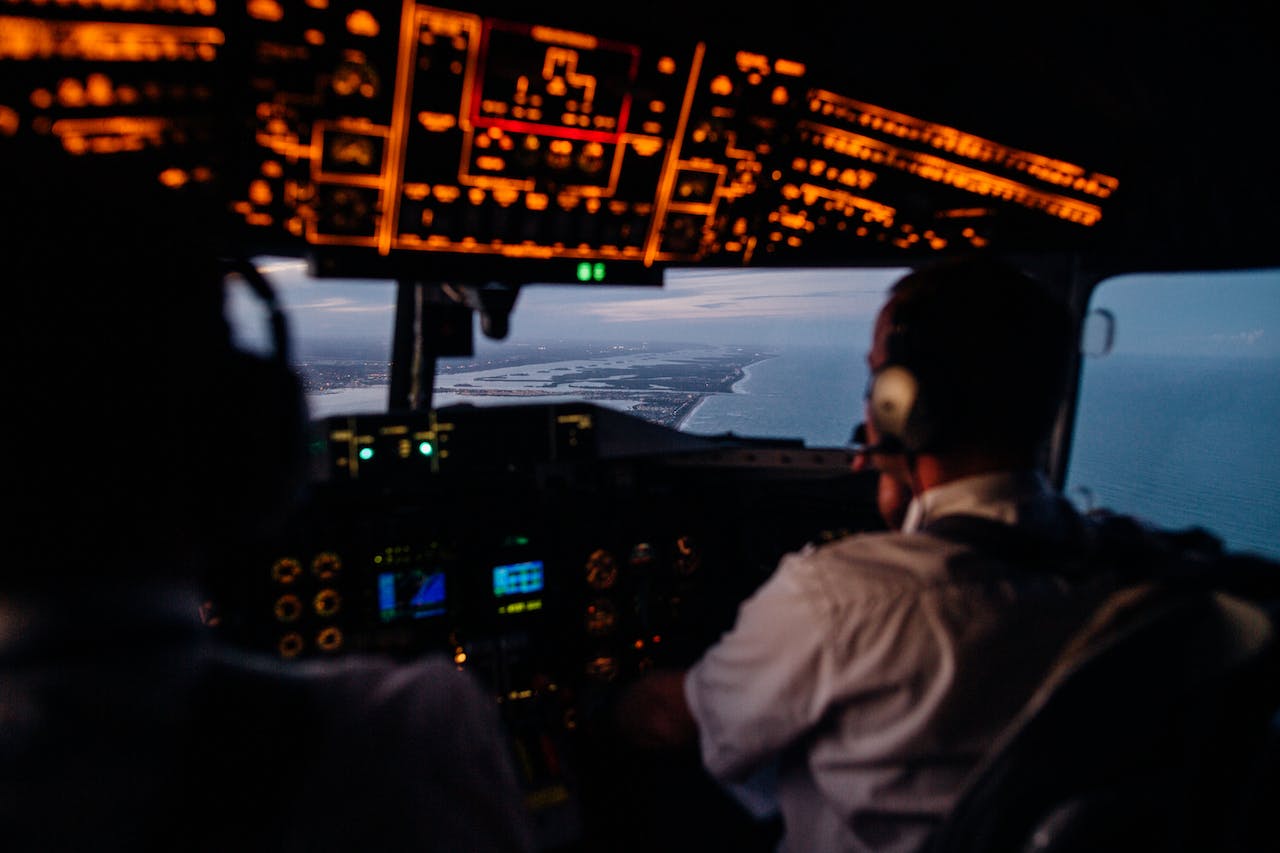In an era where technology and innovation define the world of aviation, avionics technicians play a pivotal role in ensuring the safety and reliability of aircraft. These highly skilled individuals are responsible for maintaining and repairing the complex electronic systems that are the backbone of modern aviation. However, the United States is currently facing a significant shortage of avionics technicians, and the consequences of this shortage are reverberating throughout the industry.
The Avionics Technician Shortage: A Growing Concern
As technology continues to advance at breakneck speed, avionics systems have become increasingly sophisticated and integral to the operation of aircraft. The demand for avionics technicians who can install, maintain, and troubleshoot these systems has never been higher.
Yet, despite the industry’s growing need for avionics technicians, there is a troubling gap between the demand for these skilled professionals and the available workforce. Several factors contribute to this shortage, and it’s time to explore the reasons behind this critical issue.
Contributing Factors to the Avionics Technician Shortage
- Aging Workforce: A significant portion of avionics technicians in the United States is approaching retirement age. As these experienced professionals leave the industry, there are not enough new technicians to fill their roles.
- Rapid Technological Advancements: Avionics systems are evolving rapidly. Keeping up with these changes requires ongoing training and education, which can be a barrier for both prospective and current technicians.
- Education and Training Challenges: Avionics technicians require specialized training and certification. However, there is a limited number of educational programs and institutions that offer avionics training, making it challenging for individuals to enter the field.
- Competitive Job Market: Avionics technicians are in demand not only in the aviation industry but also in other high-tech sectors. This competition for talent makes it even more difficult for the aviation industry to attract and retain skilled avionics technicians.
The Consequences of the Shortage
The avionics technician shortage is not a problem that will simply go away on its own. If left unaddressed, it can have serious consequences for the aviation industry, including:
- Safety Concerns: The aviation industry relies heavily on the expertise of avionics technicians to ensure the safety of flights. A shortage of skilled technicians could compromise safety standards.
- Increased Maintenance Costs: As the demand for avionics technicians grows, so do labor costs. This can result in increased maintenance costs for airlines and other aviation businesses.
- Delayed Repairs and Maintenance: Aircraft may experience longer downtimes for repairs and maintenance due to the lack of available avionics technicians, resulting in operational inefficiencies.
- Innovation Stagnation: A shortage of avionics technicians can slow down the development and implementation of cutting-edge avionics systems, hindering the industry’s progress.
Addressing the Avionics Technician Shortage
To combat the avionics technician shortage in the United States, a multi-faceted approach is required:
- Investing in Education: Encouraging the development of avionics training programs and apprenticeships can help provide a steady stream of qualified technicians.
- Continuous Training: Ongoing training and upskilling opportunities for existing technicians will ensure they can keep pace with technological advancements.
- Industry Collaboration: Airlines, manufacturers, and educational institutions must collaborate to create pathways for individuals to enter the field and build careers as avionics technicians.
- Promoting the Profession: Raising awareness of the importance and potential of a career as an avionics technician can attract new talent to the industry.
The avionics technician shortage in the USA is a critical issue that demands immediate attention and action. Ensuring a robust and well-trained workforce is essential to the safety and success of the aviation industry. With the right strategies and investments, we can navigate through this challenge and keep our skies safe and innovative for years to come.





